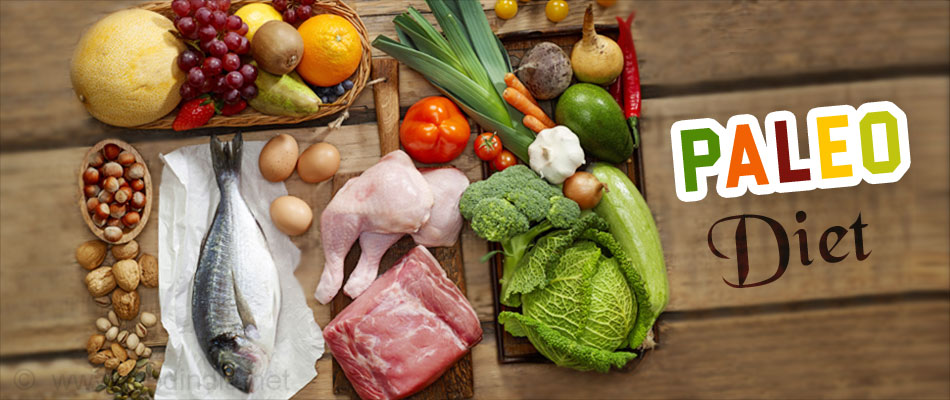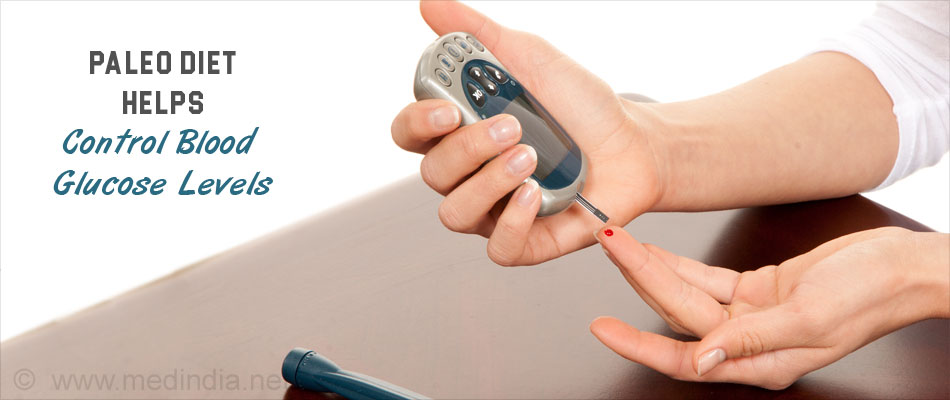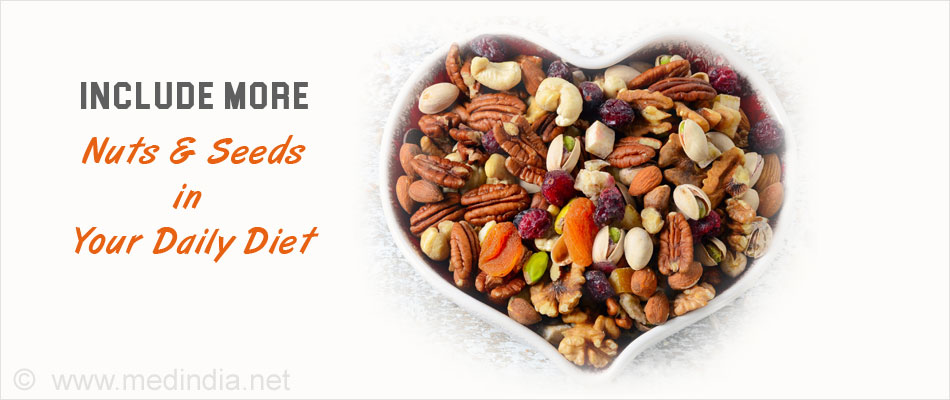- Paleolithic diet - (https://en.wikipedia.org/wiki/paleolithic_diet#history_and_terminology)
- Paleolithic nutrition improves plasma lipid concentrations of hypercholesterolemic adults to a greater extent than traditional heart-healthy dietary recommendations. - (http://www.ncbi.nlm.nih.gov/pubmed/26003334)
- Metabolic and physiologic effects from consuming a hunter-gatherer (Paleolithic)-type diet in type 2 diabetes. - (https://www.ncbi.nlm.nih.gov/pubmed/25828624)
- Paleolithic nutrition improves plasma lipid concentrations of hypercholesterolemic adults to a greater extent than traditional heart-healthy dietary recommendations. - (https://www.ncbi.nlm.nih.gov/pubmed/26003334)
- Favourable effects of consuming a Palaeolithic-type diet on characteristics of the metabolic syndrome: a randomized controlled pilot-study. - (http://www.ncbi.nlm.nih.gov/pubmed/25304296)
- Metabolic Effects of the Very-Low-Carbohydrate Diets: Misunderstood "Villains" of Human Metabolism - (https://www.ncbi.nlm.nih.gov/pmc/articles/pmc2129159/)
- Long-term effects of a Palaeolithic-type diet in obese postmenopausal women: a two-year randomized trial - (http://www.ncbi.nlm.nih.gov/pmc/articles/pmc4216932/)
- Beneficial effects of a Paleolithic diet on cardiovascular risk factors in type 2 diabetes: a randomized cross-over pilot study. - (https://www.ncbi.nlm.nih.gov/pubmed/19604407/)
- Ketone bodies - (https://en.wikipedia.org/wiki/ketone_bodies)
What is Paleo Diet?
The paleo diet or Paleolithic diet refers to a diet associated with the people of stone Age or paleolithic humans. It excludes dairy, grain products, processed food, legumes, added sugar, processed oils, added salt, coffee and alcohol. It emphasizes on “vegetables, fruits, nuts, roots, meat, and organ meats".
It refers to hunter-gatherer mode of living that existed before agriculture set in. It is also called caveman diet and stone-age diet. It completely divorces modern processed foods which are believed to be the root cause of all modern ailments including insulin resistance and metabolic syndrome. Paleo diet is low in carbohydrates and high in fats.

Nutritional Basics of the Paleo Diet
Emory University research shows that paleolithic people obtained about 35% of their calories from fats, 35% from carbohydrates, and 30% from protein. Dr. Loren Cordain’s book “The Paleo Diet” is considered one of the authoritative writings on this subject. According to its recommendations,
- 55% of daily calories should be from seafood and lean meat, each in equal ratio
- 15% of daily calories should be from each of the fruits, vegetables, nuts and seeds
- Vegetables include root vegetables
- Fruits include fruit oils, like coconut oil, olive oil, palm oil
- NO dairy, grain-based foods, legumes, added sugar, added salt
Health Benefits of Paleo Diet
Studies on health benefits of paleo diet are not very conclusive and more research is underway. Based upon the premises that fat is the preferred fuel for human body and not carbohydrates; paleo diet is believed to be healthier than the western diet. Per gram of paleo diet is more satiating than standard diet. All carbohydrates get converted to simple sugars. Sugars are converted into energy through glycolysis or fructolysis.
Carbohydrate metabolism is insulin dependent as insulin absorbs sugars into the cells and stores them as triglycerides in adipose tissues and as glycogen in liver and muscles. Processed carbohydrate and sugars are considered responsible for insulin resistance and all the modern day ailments. Fat is metabolized in gut through lipases and can be used as energy through ketogenesis. Medium chain triglycerides can directly pass into bloodstream without lipase digestion in the gut. Fat metabolism is less insulin depended. Paleo Diet is associated with less sodium intake. Per gram of fat have more calories than protein or carbohydrates.
Paleo Diet for Diabetes
A study shows that Paleolithic diet improved glycemic control and several cardiovascular risk factors in patients with type 2 diabetes when compared to a diabetes diet. Paleolithic diet items are all low GI, high in fat and less depended on insulin. Studies by U Masharani and team shows that paleo diet had greater benefits on glucose control and lipid profiles when compared to diet containing whole grains and legumes, moderate salt intake and low-fat dairy. Another study that compared the American diabetes association or ADA diet with that of Paleo diet supported the latter in context of blood glucose control and improved insulin sensitivity.

Paleo Diet for Lipid Profiles
Traditional grain-based heart-healthy diet recommendations replace dietary saturated fat with carbohydrate and reduce total fat intake. This often results in unfavorable plasma lipid ratios, with reduced high-density lipoprotein or HDL and raised levels of low-density lipoprotein or LDL and triacylglycerols or TG. A current study showed that a grain-free Paleolithic diet induced weight loss and improves plasma total cholesterol, HDL, LDL, and TG concentrations in nondiabetic adults with hyperlipidemia to a greater extent than a grain-based heart-healthy diet, as recommended by American Heart Association. Other studies show that paleo diet improved several cardiovascular risk factors.
Paleo diet for Weight Loss
According to two-year randomized trial on obese postmenopausal women, the paleo diet group showed greater reduction in waist circumference and triglyceride levels as compared to the group following nordic nutrition recommendations. Other studies have also shown weight and waist circumference reduction.
Tips To Make the Paleo Diet a Routine Part of Your Lifestyle
- Increase the use of fruits and vegetables of all color and size
- Non-vegans should choose leaner meant and make liberal use of mercury free seafood
- Carbohydrates should be used minimally. Use whole wheat and low glycemic foods. It is believed that body needs only 150 grams of carbohydrates for the functioning of brains and red blood cells.
- Vegans can cook food in fruit oils, and consume more nuts.
- Increase the intake of nuts and seeds. Use them for mid meal hunger

Paleo Diet and Its Limitations
Modern man activities are not same as the stone age inhabitants. The meat available in those times had more omega-3 fatty acids and was leaner. Marlene Zuk has shown that human digestive capabilities have gone through evolutionary changes and can adapt to various diets. Paleo diet can cause calcium deficiency. Meat and nuts make paleo expensive and it is difficult to completely avoid carbohydrate. Vegetarian diet and paleo diet are inimical. There is a lot of skepticism about high fat diet. Low carbohydrate diet can lead to ketoacidosis, high cholesterol. Paleo diet benefits is still a debatable topic.






